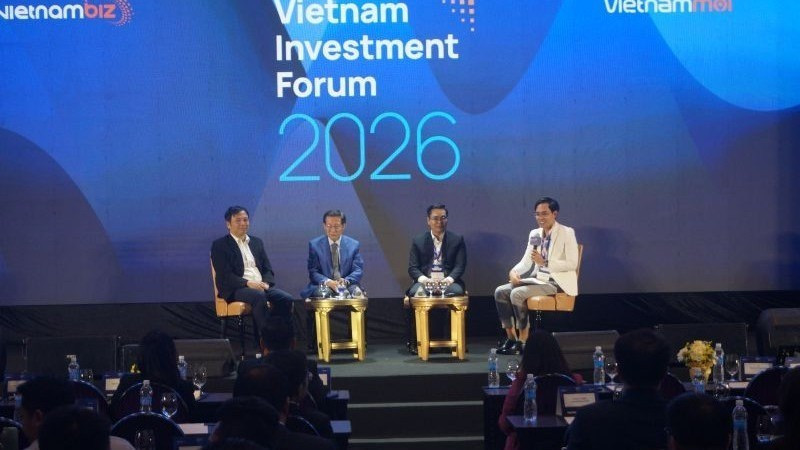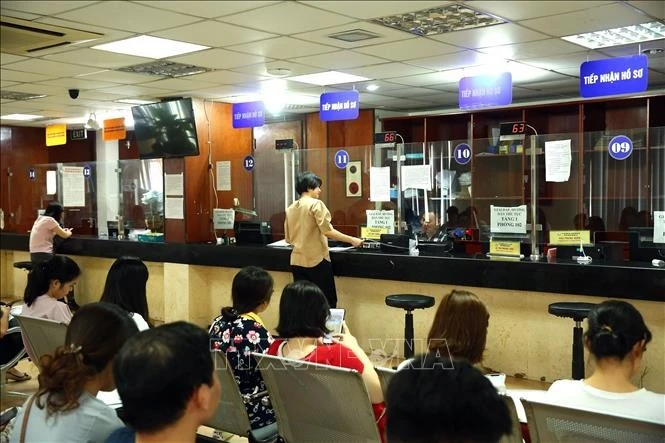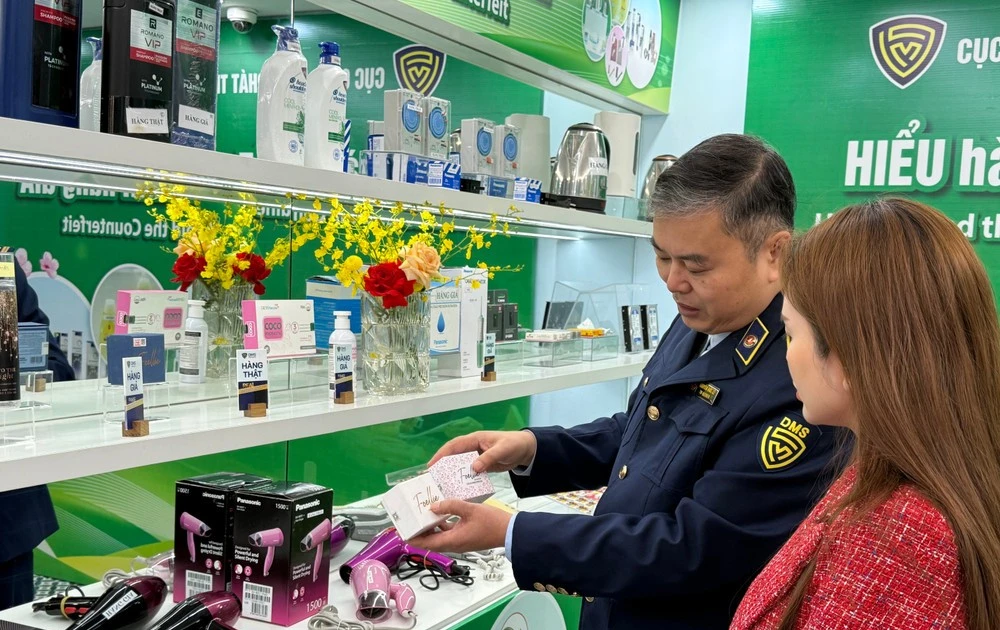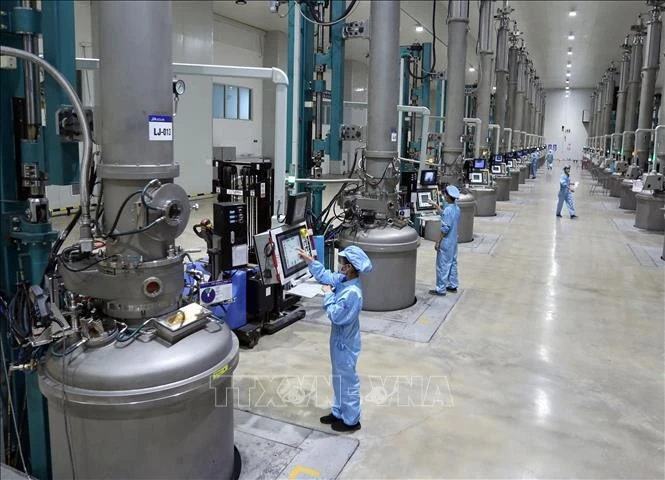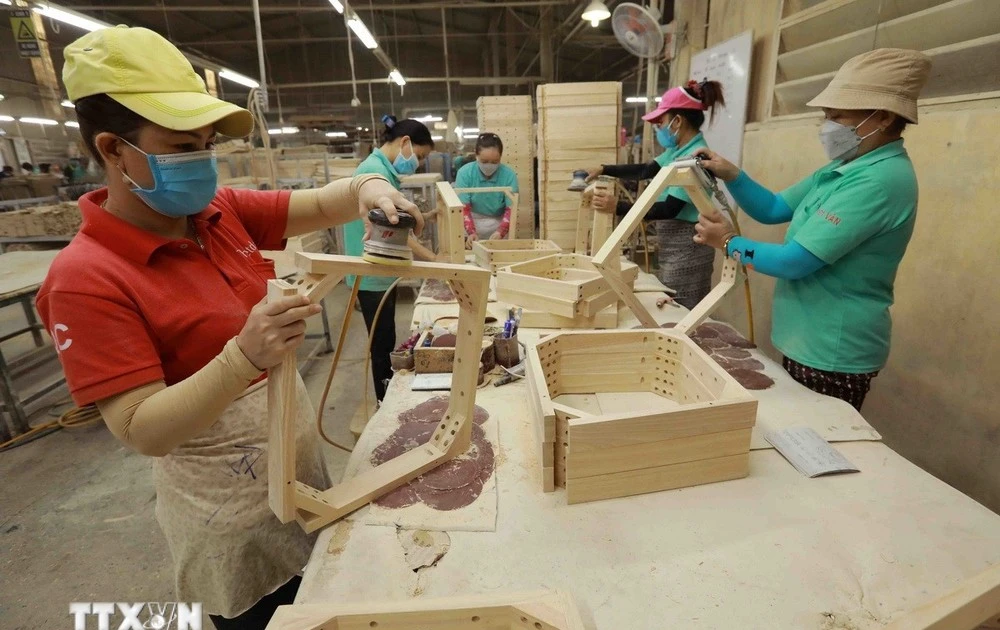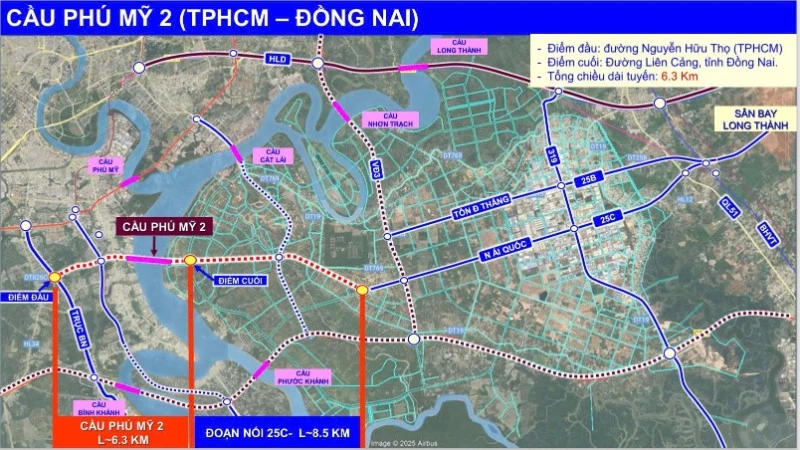VIF 2026 took place against the backdrop of Viet Nam aiming for GDP growth of 10% or more, with per capita GDP reaching 5,400–5,500 USD, laying the foundation to become one of the region’s emerging manufacturing and financial hubs.
Strong internal economic momentum
Dr Le Duy Binh, Director of Economica Viet Nam, noted that over the past five years, Viet Nam has faced numerous major shocks yet maintained macroeconomic and political stability. Specifically, GDP growth has ranged between 6.5–7%, with some years exceeding 8%. Despite multiple challenges at the beginning of 2025, Viet Nam’s GDP continues to grow steadily.
In 2025, total import-export turnover is expected to reach 800–850 billion USD, a record high, demonstrating that Vietnamese goods continue to maintain competitiveness and international credibility. Retail and service revenues are projected to rise by 9–11%, reflecting the purchasing power of 100 million people, which is becoming a sustainable domestic growth driver.
Additionally, high disbursement of public investment and the commissioning of several key projects are creating new development space and boosting overall demand. With stable budget revenue and public debt remaining within allowable limits, public investment in 2026 is expected to remain high, potentially exceeding this year’s level.
Regarding private sector investment, following Resolution 68, the private sector has shown renewed enthusiasm. Numerous key projects involving private enterprises are being implemented, while many projects facing legal obstacles are also being resolved.
“This indicates that the economy’s endogenous capacity has been significantly enhanced. Consumer confidence domestically, foreign investor confidence, and trust from international markets in Viet Nam remain solid. This provides a strong foundation for expecting better growth prospects in 2026,” emphasised Le Duy Binh.
Looking ahead to 2026, Dang Van Thanh, Chairman of the Board of TTC Group, suggested that Viet Nam’s GDP growth could reach 8–10%, with public investment serving as a pillar, the private sector being strengthened, and domestic consumption acting as a stabilising factor for growth.
According to Dang Van Thanh, in 2026, public investment will act as the main driver, while consumption will help consolidate the economy. With a market of 100 million people, Viet Nam can operate with greater autonomy rather than relying excessively on exports or foreign direct investment (FDI), which remain significant challenges for entrepreneurs.
To stimulate economic growth, Thanh proposed policies to support private consumption, such as reducing personal income tax or stimulating demand through vouchers rather than cash, with a limited time frame for spending. This policy aims to enhance the “circulation” of money within the economy.
Policies to manage risks
At VIF 2026, Associate Professor Dr Nguyen Huu Huan, a member of the advisory team for the establishment of an international financial centre in Ho Chi Minh City, remarked: “Achieving 10% economic growth from 2026 onwards and maintaining that rate continuously for 20 years until 2045, enabling Viet Nam to enter a new era of advancement, requires a very large amount of capital.”

Notably, Viet Nam’s economy is a bank-based system, meaning growth and capital mobilisation rely heavily on banks. Currently, the debt-to-GDP ratio has exceeded 130%, highlighting the central role of banks in the country’s financial system.
While optimistic about the 2026 growth outlook, experts also highlighted financial risks in the path of economic expansion. Director of Economica Viet Nam Le Duy Binh noted that the extent of high growth will depend on how risks related to monetary policy, inflation, public debt, and a capital- and credit-dependent growth model are managed.
“These are issues that must be carefully considered in policy implementation, to determine the proper role of each stakeholder, from the State to enterprises, in the growth process,” Le Duy Binh stated.
At the Viet Nam Investment Forum 2026, Dr Le Anh Tuan, CEO of Dragon Capital, emphasised that a key factor supporting growth is exchange rate management policy. Maintaining exchange rate stability not only allows businesses to plan with confidence but also strengthens the trust of international investors, enabling the State Bank of Viet Nam to continue policies supporting growth without causing instability in the capital market.
